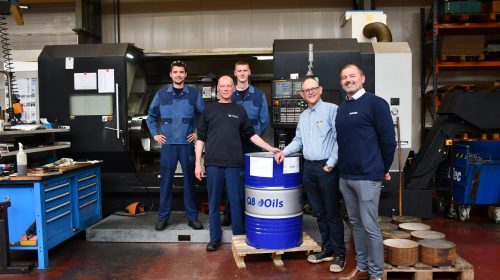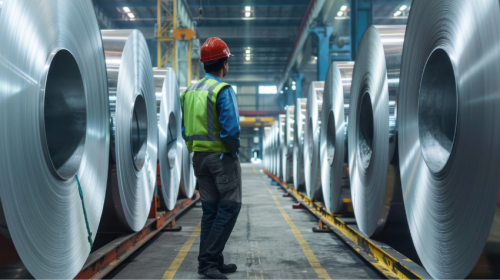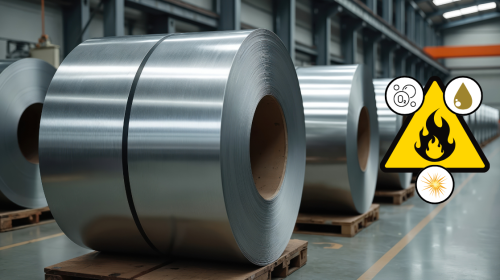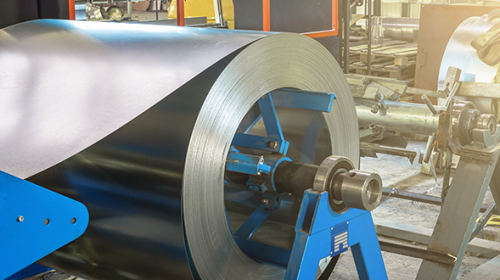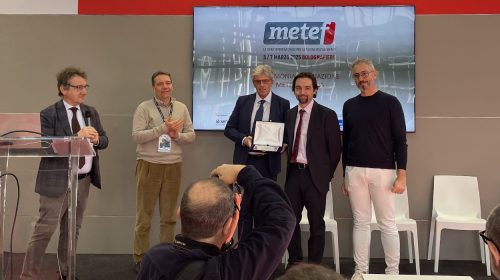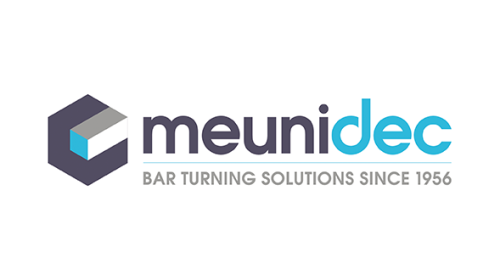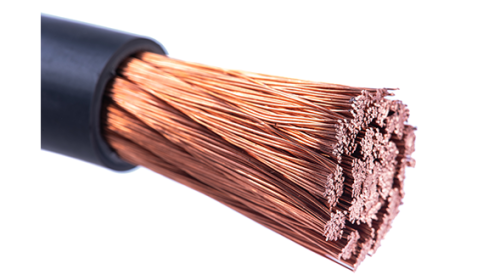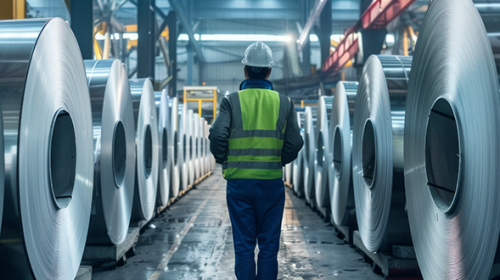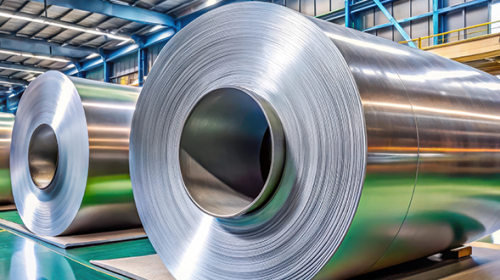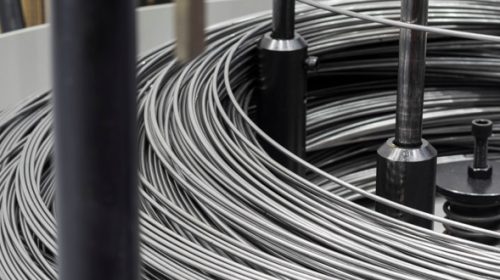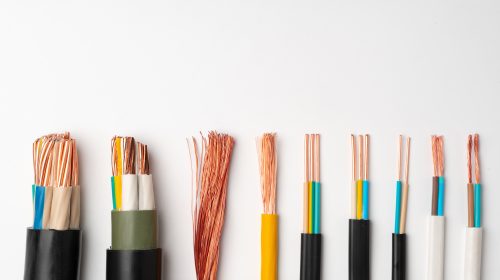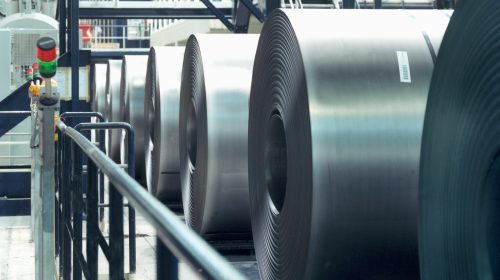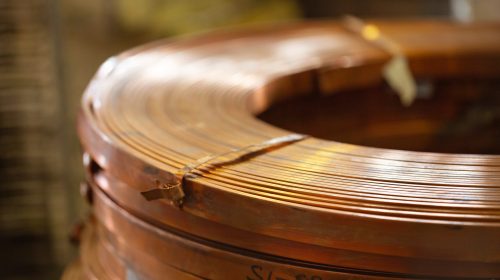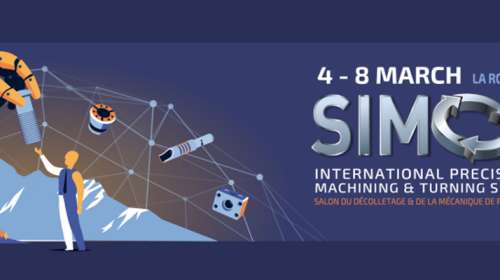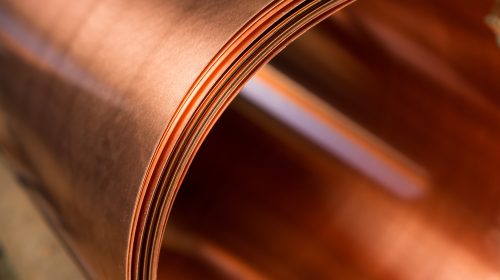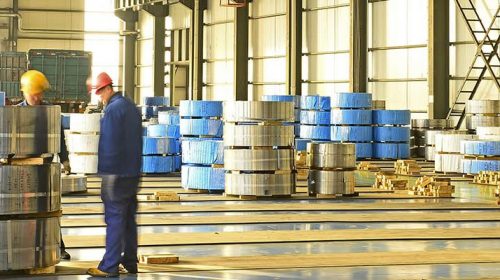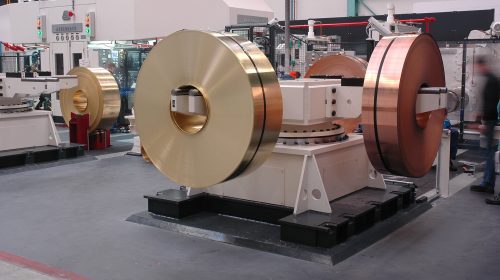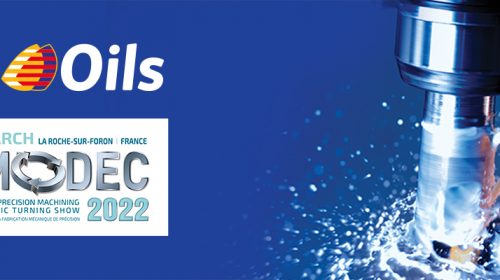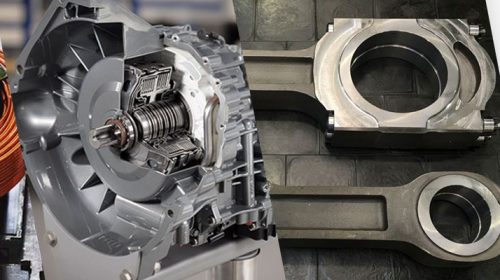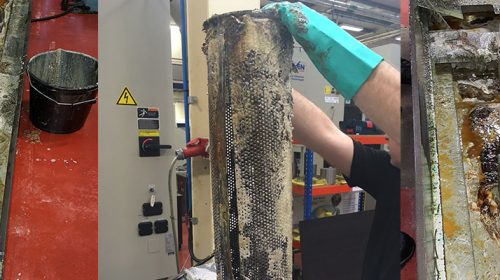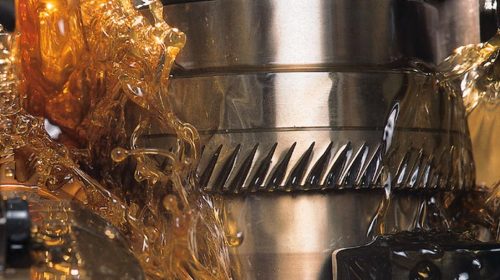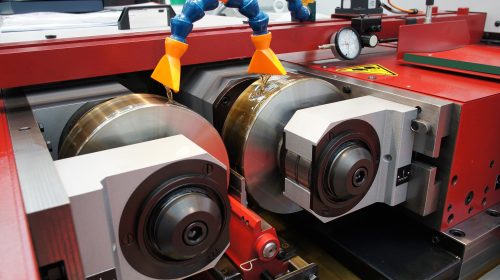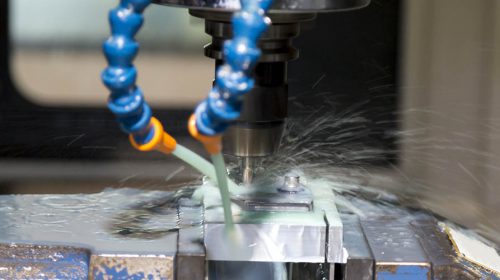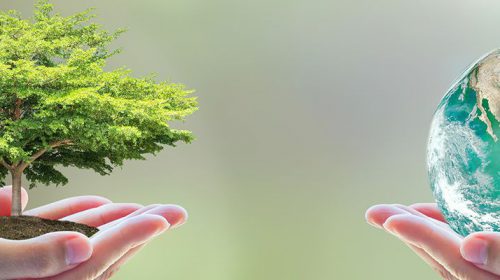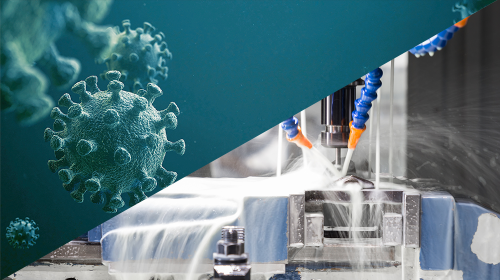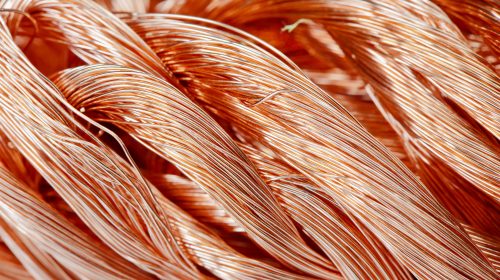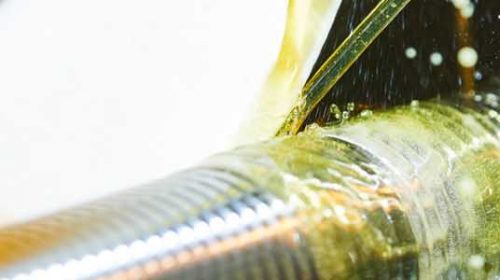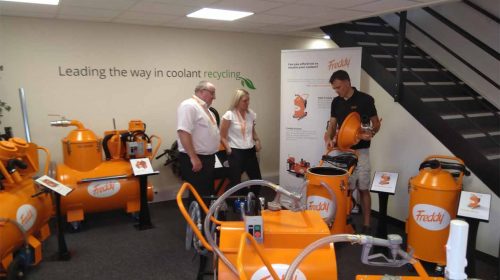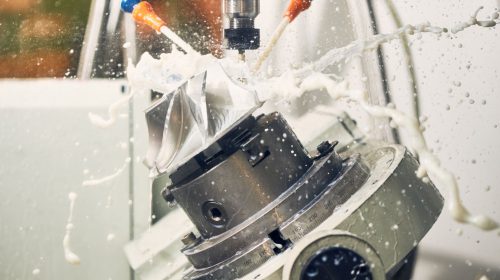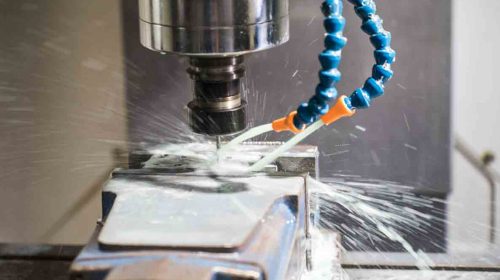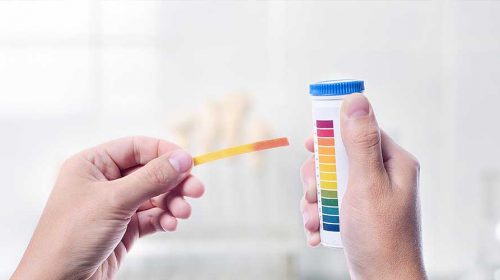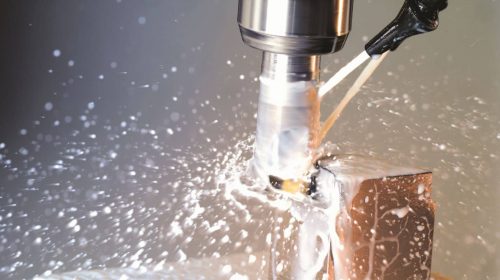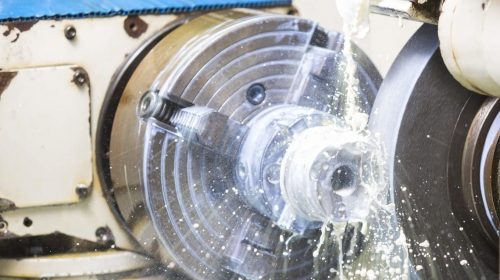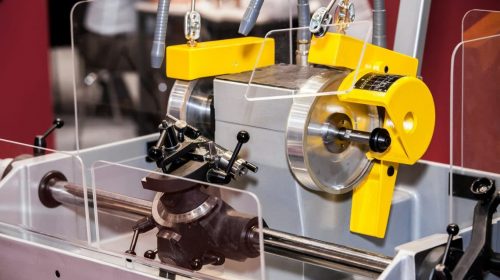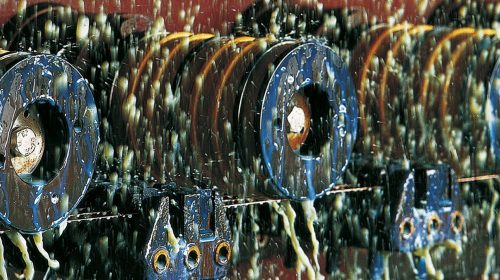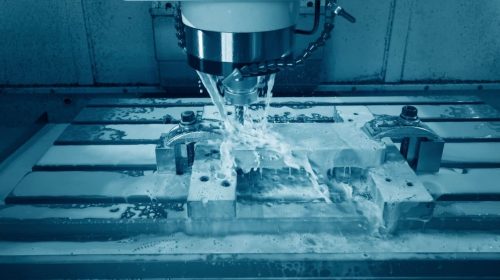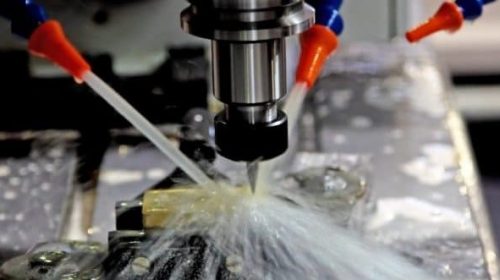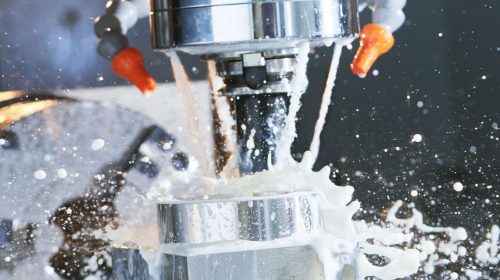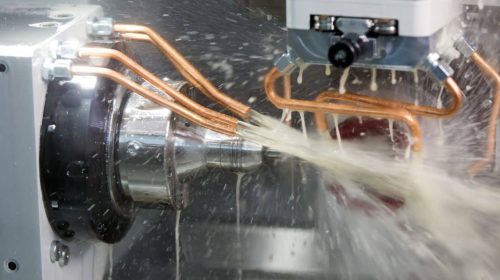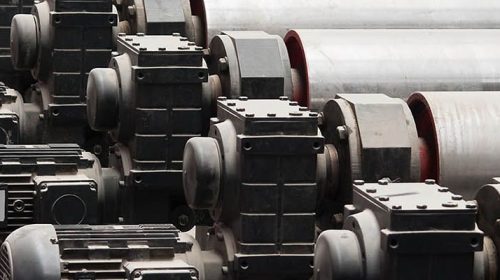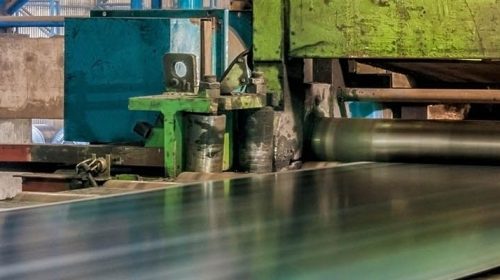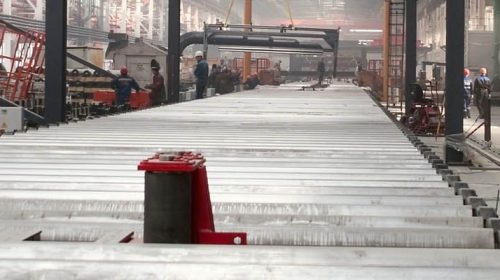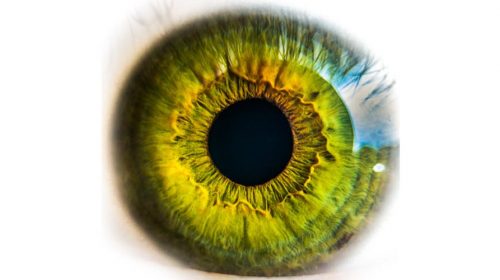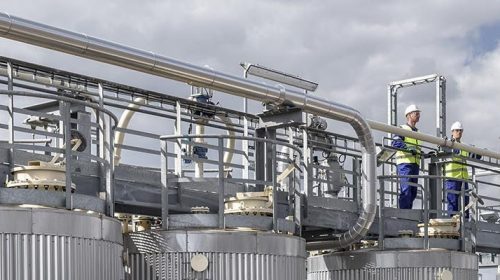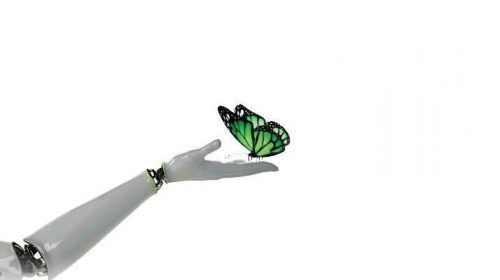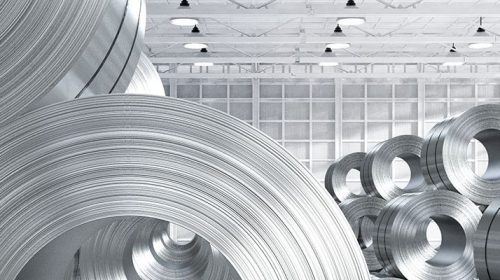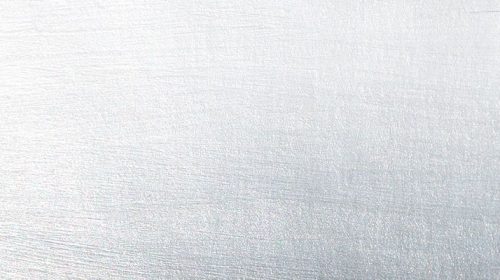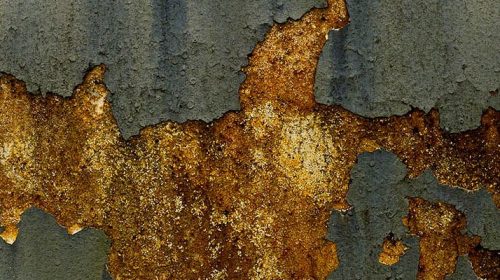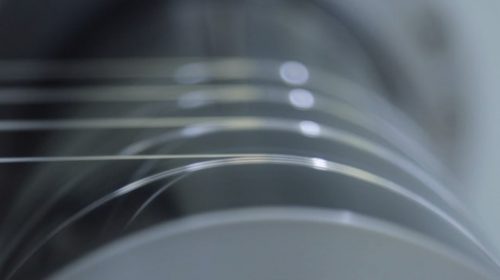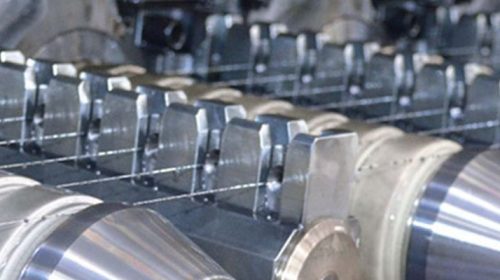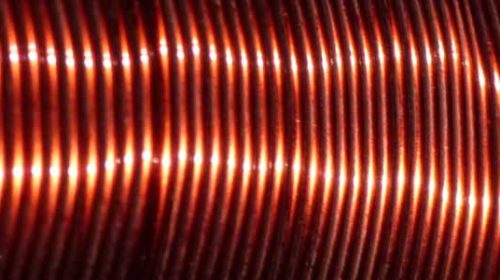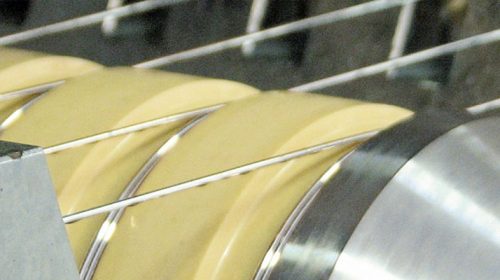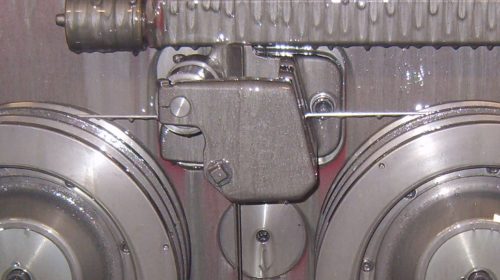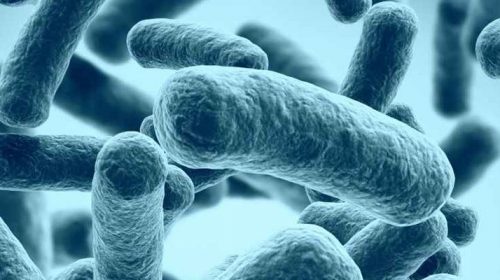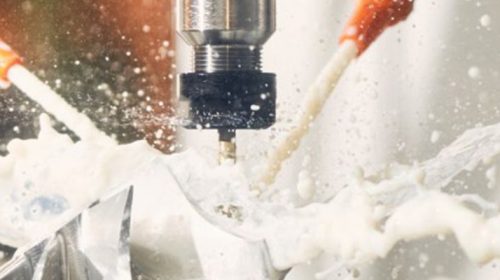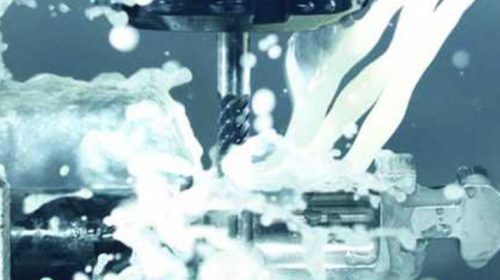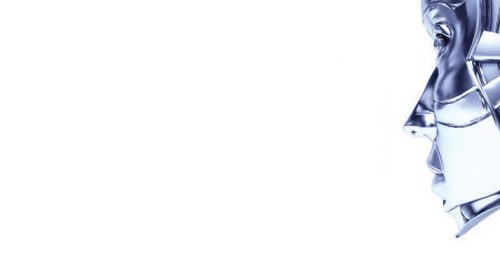Metals are used for the fabrication of many structures, vehicles and objects like cars, buildings, ships, etc. Because corrosion causes metal to deteriorate it is not wanted in our modern-day metal-applications. Yet it is a natural process that is dependent on several factors. In this article we explain what corrosion is and how it arises. We also take a look at the different types of corrosion.
The corrosion of a metal is the gradual deterioration of the material caused by a chemical and/or electrochemical reaction with the environment. It is a natural process that converts metal to a chemical stable form. Iron transforms back to iron oxide (=iron ore) and copper reacts with sulphur-containing molecules to return to its sulphide-form.
How corrosion works
In nature most metals occur in the stable form of compounds. To reach a stable form with lower energy, a metal atom loses one or more electrons from its structure. These electrons will combine with other elements like oxygen, sulphur or chlorine in the environment. During this electrochemical process the metal is oxidized. Before electrons can flow there has to be a potential difference between two points.
The corrosiveness of a metal is dependent on:
- Its tendency to lose electrons
- External conditions that promote the flow of electrons (temperature, pressure, friction, etc.)
Categorizing corrosion
Corrosion occurs in different scales. It can be observed as a slight discoloration or as a total disintegration of the metal.
Corrosion can be categorized as follows:
- Staining: a form of light corrosion occurring in dry environments and resulting in a slight colorization or tarnish. Staining will be limited to the surface and is unlikely to affect the structural strength of the material.
- Corrosion: a more extensive attack on metal surface causing changes in metallurgical properties.
- Rusting: the corrosion of ferrous materials like iron and steel. Ferrous materials are particularly prone to corrosion.
Different types of corrosion
1. Differential aeration
In this type of corrosion there are areas with a low oxygen concentration (anodic region) and areas with a high oxygen concentration (cathodic region). It is in the anodic areas that the metal will start corroding. An example of differential aeration is the water droplet on a metal surface. The area in the centre of the droplet is lower in oxygen concentration than the edge. This allows electrons to flow. At the edge of the droplet the electrons will react with water and oxygen to form rust, leaving behind a brown ring. Another example is the slide way of a machine tool where the neat oil is lying over an area with water based metalworking fluid. The area under the neat oil film would be oxygen deficient compared to the aqueous material. It is quite possible that there is corrosion under the oil since this is the anodic area.
2. Uniform attack
When the surface of metal is covered with a layer of water, the anodic and cathodic areas are changing continuously. This results in a uniform degree of corrosion.
3. Effect of electrolytes
Pure water corrodes most metals very slowly because pure water does not contain other molecules but H2O. The ionization of pure water is a very slow process. When salts, acids or alkaline compounds are added to the water, the ionic concentration and the electrical conductivity of the fluid increases. This causes an acceleration of the corrosion process. That is the reason why sea water causes faster corrosion than pure water.
4. Pitting
Pitting is a localized attack on the surface of a metal generating small holes. It occurs when the corrosive area remains small and in one spot. An example is the pitting of stainless steel by chlorides. The surface of stainless steel is an oxide layer, which protects the steel. When there is a minor scratch on the surface it can be a source of potential gradient between the oxide-layer (cathodic) and the scratch (anodic) resulting in a pit.
Learn how you can prevent corrosion in the article 3 ways to prevent corrosion



